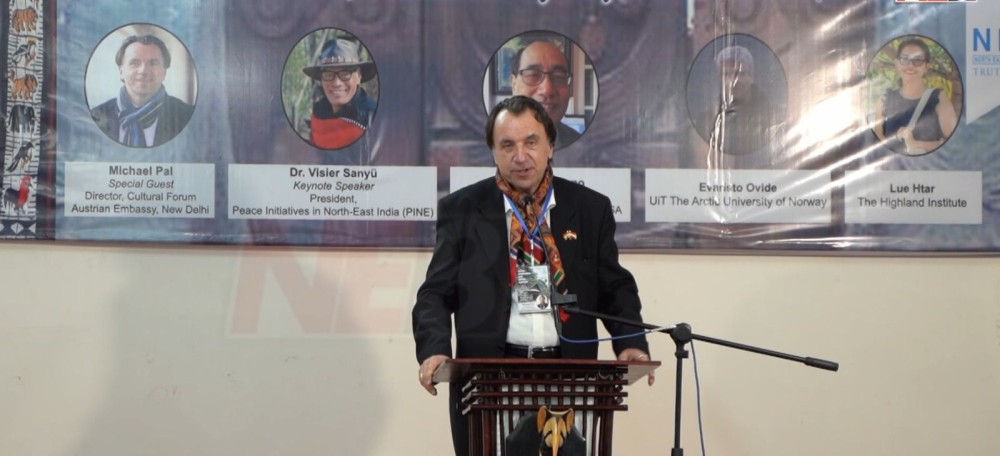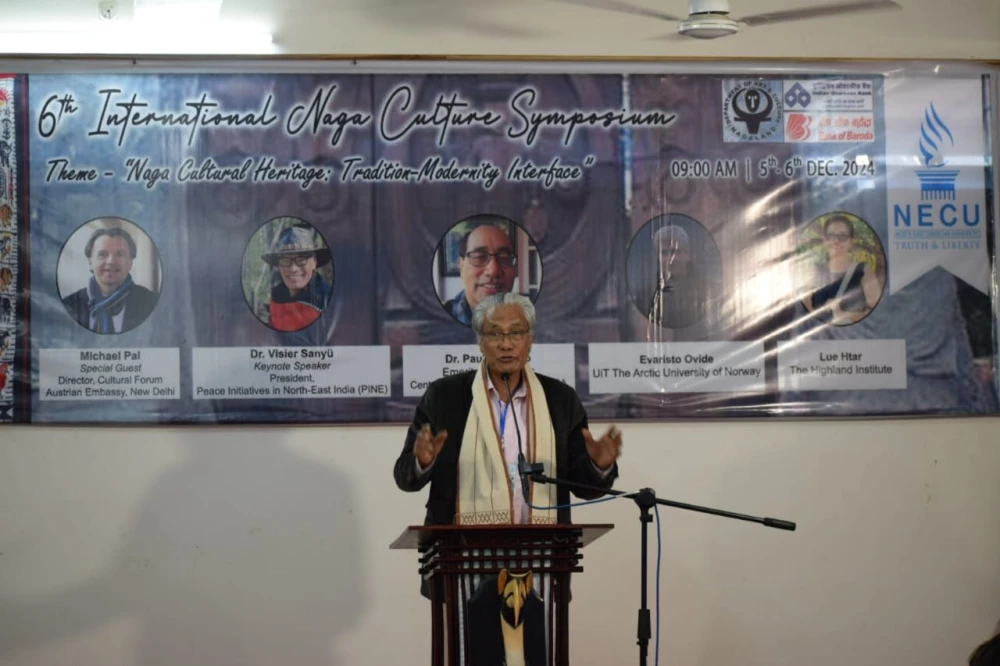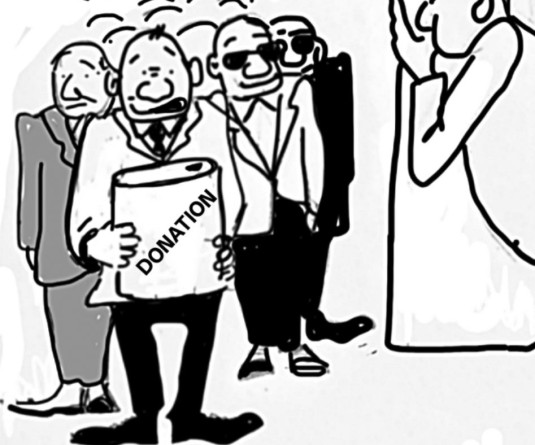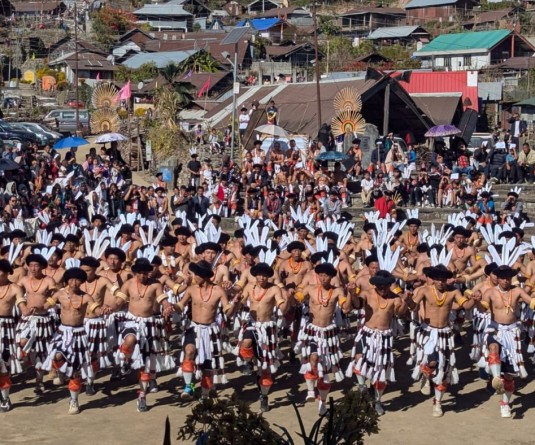) Michael Pal, Director of the Cultural Forum, Austrian Embassy, New Delhi.

6th International Naga Culture Symposium 2024 held at NECU
Morung Express News
Dimapur | December 5
Dr Visier Sanyü reiterated the centrality of oral traditions in preserving cultures. The event was the 6th International Naga Culture Symposium 2024, organised at the North East Christian University, Dimapur, where Dr Sanyü delivered the keynote address at the inaugural of the 2-day symposium, which started on December 5.
Dr Sanyü is an academic, historian, and also a member of the Forum for Naga Reconciliation, Advisor to the Naga Global Forum, and President of the Peace Initiative in North-East India (PINE).
“Culture is reproduced by remembrance, put into words and deeds. Memories carry culture from generation to generation,” he said, quoting Belgian historian and anthropologist Yan Vansina's assertion that culture is reproduced through remembrance and storytelling.

The theme was— Naga Cultural Heritage: Tradition-Modernity Interface.
However, he cited how colonisation and missionarisation disrupted the Naga oral tradition. “In order to justify conquering a land, you must create a story.” The British thus created a narrative of Naga primitivism that needed civilising, which, however was primarily driven by the pursuit of resources for British colonial expansion. “What they were really interested in was the tea and oil and civilising us,” he said.
In tandem, missionary activity led to the suppression of Naga culture, including language and festivals, in a misguided attempt at cultural assimilation, which in this case, was encouraging the adoption of western practices.
He noted a current cultural revival but cautioned against superficial interpretations of tradition.
He criticised tokenistic displays of culture like wearing traditional clothing to church or office, once a month or week. He held that genuine culture is a living, ongoing practice. Similarly, he criticised the commodification of the Hornbill Festival. The economic benefits of the Hornbill Festival notwithstanding, he asserted that it represents only a minuscule aspect of Naga culture.
Despite the challenges, Dr. Sanyü identified two significant strengths of Naga culture. “There are two things in our culture that you should be very proud of. One is what we call social security in civilized countries,” he said, adding that the other is philoxenia, or exceptional hospitality.
According to him, a strong clan and family system ensures social security to the elderly and disadvantaged members, in the form of clans folk providing support in times of medical emergencies, death and so on.
While noting growing xenophobic sentiments across the world, he said that the polar opposite— philoxenia, is ingrained in the Naga culture. “And Nagas have the best hospitality, if I may say so,” he said, while he called for Nagas to embrace philoxenia, maintaining their welcoming nature.
Michael Pal, Director of the Cultural Forum, Austrian Embassy, New Delhi, was the special guest. Pal called for leveraging the Hornbill Festival to pique interest in the State Museum and other cultural assets, thereby fostering cultural understanding. He highlighted Austria’s Weltmuseum, in Vienna, which has a collection of Naga artifacts, and encouraged collaboration and educational exchange programmes.
He proposed establishing German language teaching units in Nagaland in collaboration with Austrian institutions, besides recommending engaging with the European Union National Institutes of Culture (EUNIC). Citing Austria's successful tourism model, he said that Nagaland should leverage tourism to generate income and support cultural revival.





